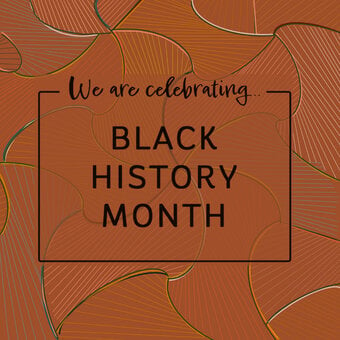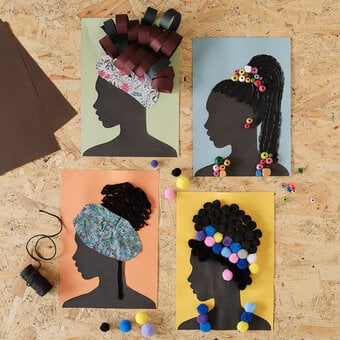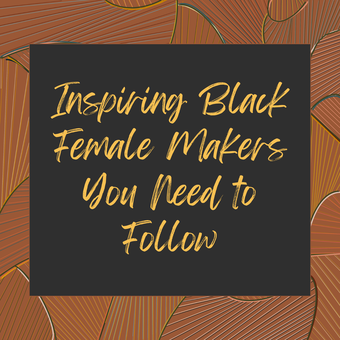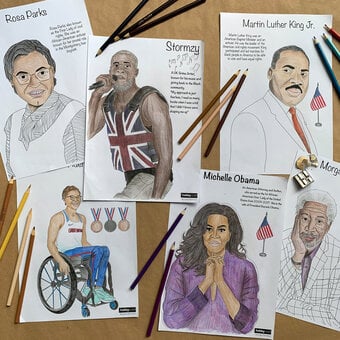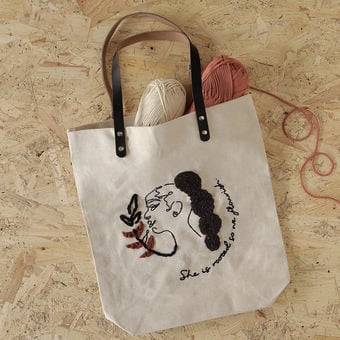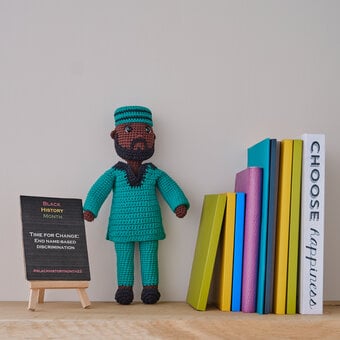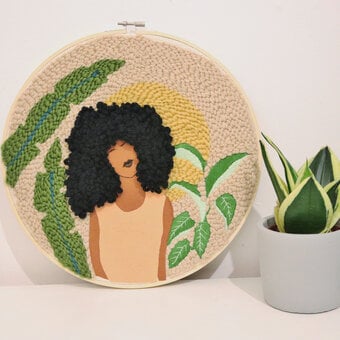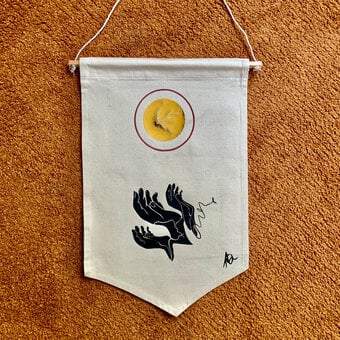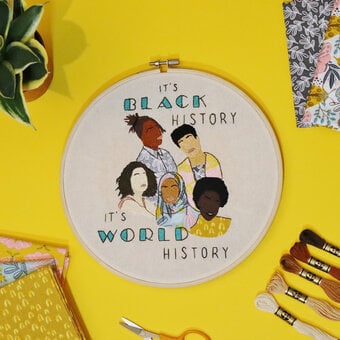Black History Month Craft Ideas
Discover a whole host of craft ideas inspired by Black History Month. This collection features Black makers celebrating their cultural heritage, along with creative and educational ways that you can mark the occasion. You’ll even find fun, easy colouring sheet downloads, perfect for kids.
Skip to Product Grid (Press Enter)
Filters
-
Knitcraft (3)
-
Article (2)
-
Sewing (2)
-
Art (1)
-
Cricut (1)
-
Papercraft (1)
-
Black History Month (11)
-
£10.00 - £30.00 (5)
-
£30.00+ (3)
-
<£10.00 (2)
-
1 hour (5)
-
1+ days (4)
-
1/2 day (1)
-
Beginner (5)
-
Intermediate (3)
-
Art - Free Downloads (1)
-
Art - Mixed Media (1)
-
Crochet - Amigurumi (1)
-
Digital Crafting - Sublimation (1)
-
Punch Needle (2)
-
Sewing - Embroidery (1)
-
Colouring-in Sheets (1)
-
Flora & Fauna (1)
-
Home Décor (1)
Viewing 1 - 11 of 11 Ideas
Viewing 1 - 11 of 11 Ideas
You've viewed 11 of 11 products
Oops...
Sorry, we did not find any products that match the
selected filters. You can go back to previous results to
select something different.
